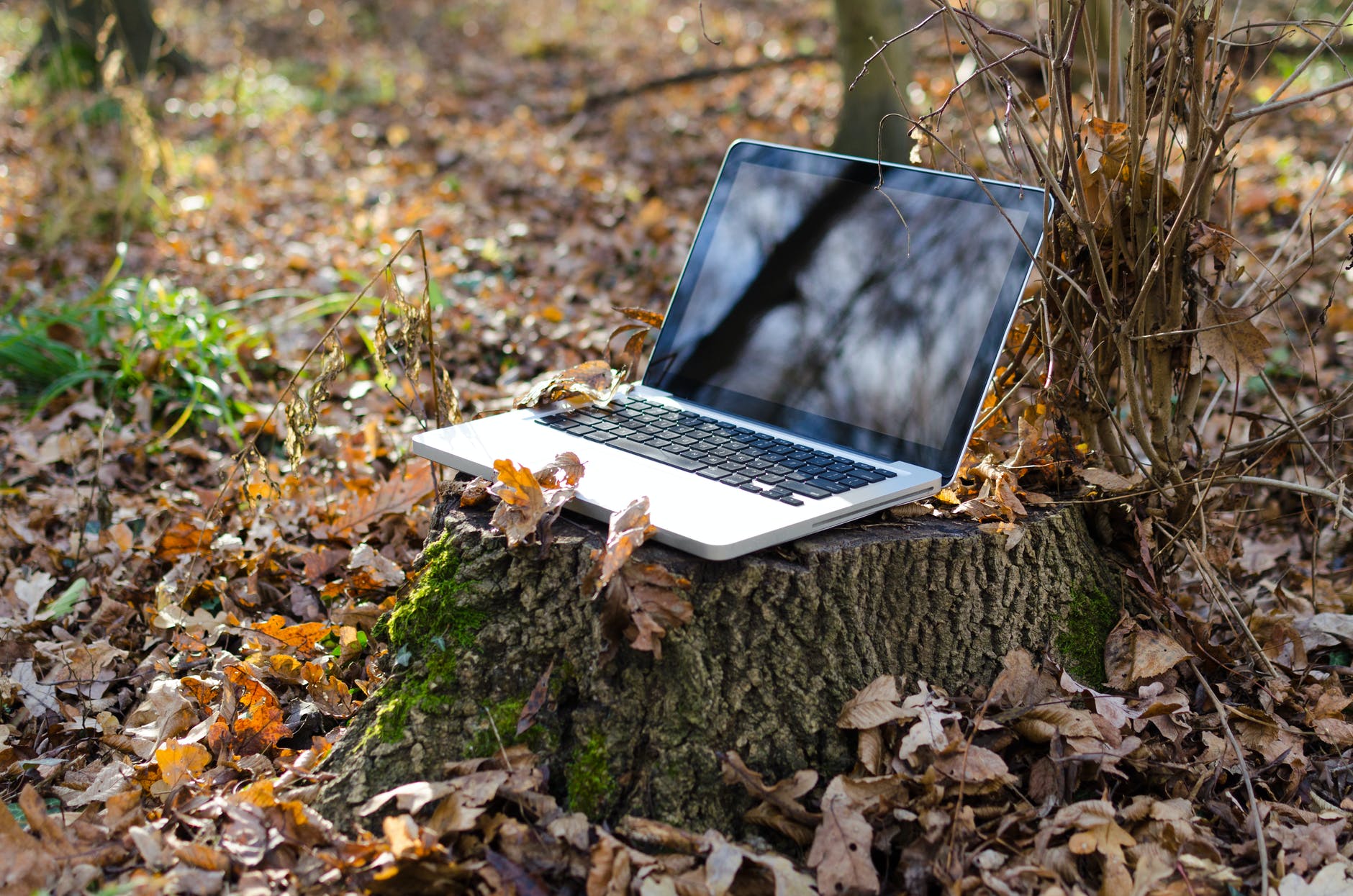The concept of a circular economy embodies the laws of nature, including the law of conservation which states: “Matter is neither created nor destroyed…”.
When we focus on the matter of metals, the same law applies. Going Green explored how technology supports the law of conservation with MolyWorks, a company that is changing the form of the metal by transforming it into dust. Molyworks converts metal waste into high quality powders through atomization, a process of melting parts and spraying out particulate matter; this powder is then used in a 3-D printing process to create new parts from the recycled dust!
While it is true that matter cannot be created or destroyed, it becomes a conservation challenge the deeper we dive into the urban mine.
As we consider the circular economy of metal and think of smaller parts, like computers, iPhones, or microchips, the process becomes more nuanced. Fortunately, companies like Eco ATM are reducing the amount of electronic waste that goes into a landfill by collecting, refurbishing, and reusing unwanted electronics. As for the e-waste that cannot be re-used, a company called Mint Innovation is providing a solution.
Mint taps into the urban mine and recycles electronic waste by extracting base metals (copper, iron, and tin) and precious metals (gold, silver, and palladium). The lithium ion batteries often found in electronics are separated out from the printed circuit boards (PCB) and are sent off to companies focused on battery recycling. Mint collects the remaining parts and then grinds the e-waste into a fine powder. Next, the powder passes through a reactor and, using a leachate, the base metals are drawn into an aqueous solution. Due to the unique properties of metal, specialized filters can then carry out the separation of base metals.
However, Mint doesn’t stop there.
With the remaining solids, Mint separates out precious metals using green chemistry; through a process called biosorption, microbes are able to absorb metal ions. Once the precious metals have bonded to the cell wall, Mint scientists are able to separate out the microbes using a centrifuge; this results in a biomass which can then be refined into precious metals using an ashing and firing process.
In short, precious metals accumulate on the skin of microbes and are then extracted from a microbial biomass sludge to make gold – pretty cool!
The cell wall of certain algae, fungi, and bacteria is the mechanism responsible for biosorption, which can act as a magnet to absorb heavy metals from aqueous solutions. The same idea applies in bioremediation: if heavy metals exist on an industrial site, environmental scientists deploy certain species of plants to absorb heavy metals from surrounding soils and waterways. On a smaller scale, Mint uses the microbial biomass that would normally coexist with plants as an agent for absorption!
Tapping into mechanisms found in nature can help create better solutions for conservation.
Metal recycling is not a new concept; however, by using technology, innovation, and biomimicry, we can make the process more efficient. For centuries, we have repurposed metal: smelting down dining ware or jewelry to remake things that are needed in times of crisis like swords or armor. With the crisis we face today of limited natural resources, it is critical that we consider the circular economy of metal and embrace the different practices of metal recycling.
Green Success Stories is a television show, podcast, social media, and news platform, hosted by Dylan Welch, that highlights climate change scientists, renewable energy experts, and clean tech entrepreneurs by giving them a voice in the mainstream media. The Green podcast highlights leading experts in cleantech, sustainability, media, finance, and real estate. Tune in and subscribe to the podcast on Apple or Spotify to listen to interviews with leading cleantech and sustainable experts. If you are interested in being featured on Green, click HERE.
